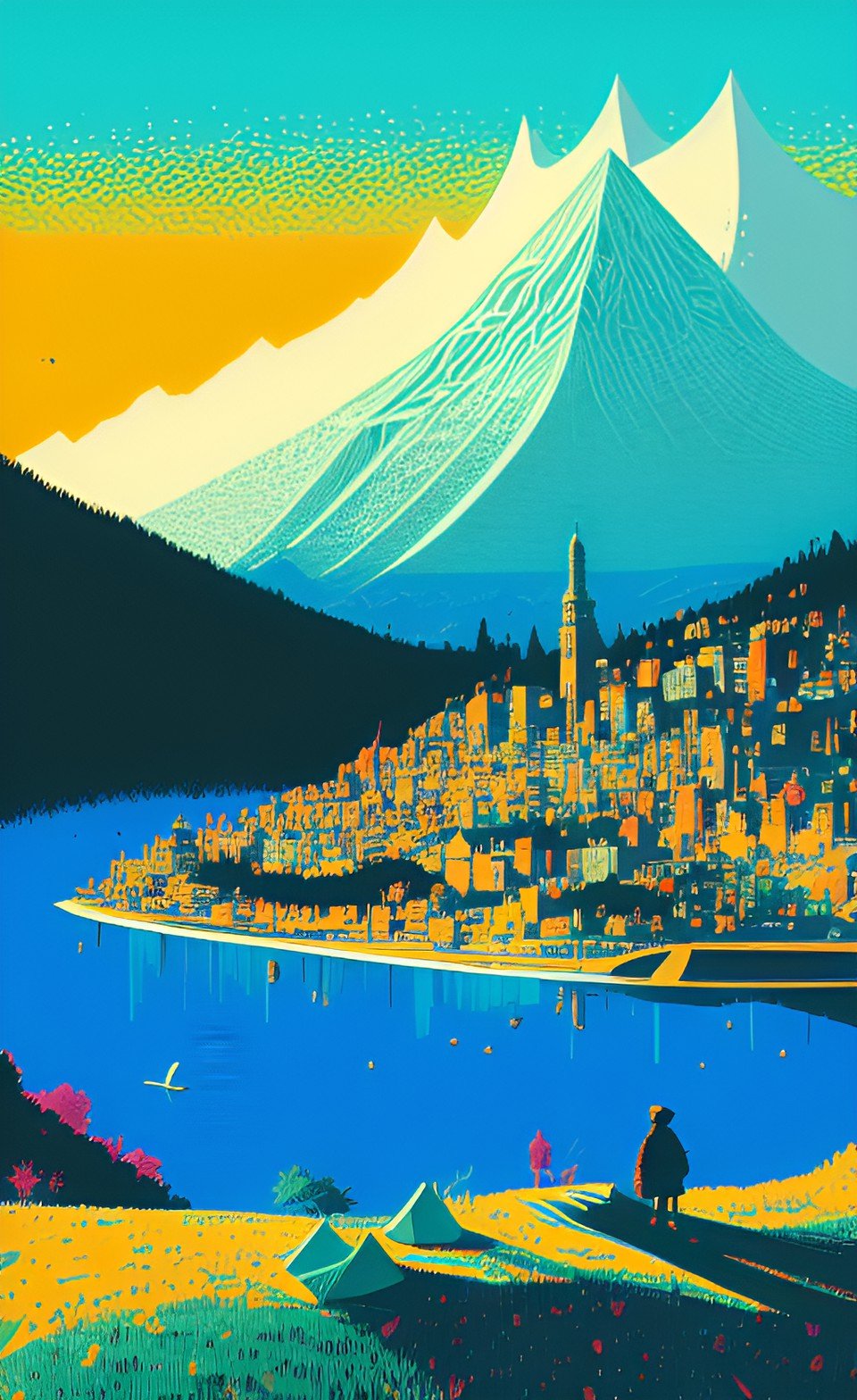The Evolution of Medieval Fantasy Culture: From Tolkien to Game of Thrones and Beyond
Fantasy authors often draw inspiration from the medieval period in their writing, creating a world that is a blend of reality and imagination. The reasons for this are numerous and varied, but there are some key factors that contribute to the appeal of this time period.
Firstly, the medieval period is a time of great historical interest, filled with fascinating stories and legends. It was a time of knights and castles, of kings and queens, of wars and battles. The legends of King Arthur and Robin Hood, for example, are popular subjects for medieval fantasy writers, providing a rich source of inspiration for stories.
Another reason for the appeal of the medieval period is its sense of romanticism. The idea of chivalry, with knights in shining armour and ladies in waiting, is a romanticised ideal that has captured the imagination of many writers. The idea of a courtly love, with strict codes of behaviour and social hierarchy, provides a framework for exploring themes of honour, loyalty, and betrayal in a fantasy setting.
Additionally, the medieval period is often seen as a time of simplicity and purity, before the complexities of modern life. It is a time when people lived in harmony with nature and had a deep connection to the land. This provides a rich backdrop for exploring themes of magic, mythology, and the supernatural in a fantasy setting.
Despite the appeal of medieval culture, there is a growing trend among fantasy writers to move beyond it and explore other cultures. This is partly driven by a desire for diversity and inclusivity in storytelling, as well as a desire to break away from the stereotypes associated with medieval fantasy.
There are many examples of writers who have successfully moved beyond the medieval period in their fantasy writing. J.R.R. Tolkien's Middle Earth, for example, draws inspiration from a range of cultures and myths, including Norse, Celtic, and Anglo-Saxon.
Similarly, George R.R. Martin's A Song of Ice and Fire series draws on a range of historical and cultural references, including the War of the Roses and medieval Europe, but also includes elements of other cultures, such as the Dothraki and the Free Cities.
The Early Works of J.R.R. Tolkien
J.R.R. Tolkien's The Lord of the Rings is widely considered to be the founding work of the medieval fantasy genre. Set in the fictional world of Middle-earth, Tolkien's work introduced readers to a rich and complex world filled with elves, dwarves, wizards, and hobbits. Tolkien drew heavily on medieval culture, mythology, and history, weaving together a tapestry of themes and motifs that would come to define the genre.
The Influence of George R.R. Martin
The medieval fantasy genre has seen a resurgence in recent years, thanks in no small part to George R.R. Martin's A Song of Ice and Fire series and its adaptation, Game of Thrones. Martin's work is characterised by its gritty realism, political intrigue, and complex characters. While Martin draws on traditional medieval culture, he also incorporates elements from other cultures, such as the Dothraki, who are inspired by the Mongol Empire.
Beyond Medieval Culture: Incorporating Other Cultures
While medieval culture has been the traditional focus of the genre, there is no reason why authors cannot expand beyond it to create unique and exciting worlds. One example of this is N.K. Jemisin's The Hundred Thousand Kingdoms, which draws on African and Middle Eastern mythology to create a rich and diverse world. Another example is Ken Liu's The Grace of Kings, which blends elements of Chinese history and mythology with traditional medieval fantasy.
The Importance of Authenticity
Whether sticking to traditional medieval culture or incorporating elements from other cultures, authenticity is key. Readers and viewers have come to expect a certain level of historical accuracy and attention to detail, and authors must be mindful of this. Doing proper research and consulting experts can help ensure that a work is authentic and respectful of the cultures it draws on.
Expanding the Boundaries of Medieval Fantasy Culture
The evolution of medieval fantasy culture has seen it grow and expand beyond its traditional roots. While you should strive for authenticity and respect when drawing on other cultures, there is no reason why you cannot incorporate new and diverse ideas into their works. By expanding the boundaries of the genre, you can create rich and exciting worlds that capture the imagination of readers and viewers alike.
Should authors stick to medieval culture for their own work, or try to expand into other cultures?
The medieval period remains a popular source of inspiration for fantasy writers, thanks to its rich history, romanticism, and sense of purity. However, there is a growing trend for writers to move beyond this period and explore other cultures, in order to create more diverse and inclusive stories. Ultimately, the choice of culture is up to the individual writer, and should be guided by your own creative vision and the needs of the story you wish to tell.
Til next time.
If you want to learn more about building a believable and immersive fantasy world in your writing check out my other posts:
PS - Don’t forget to sign up below for updates on new book releases and blog articles. Also, drop by my Patreon and socials.

